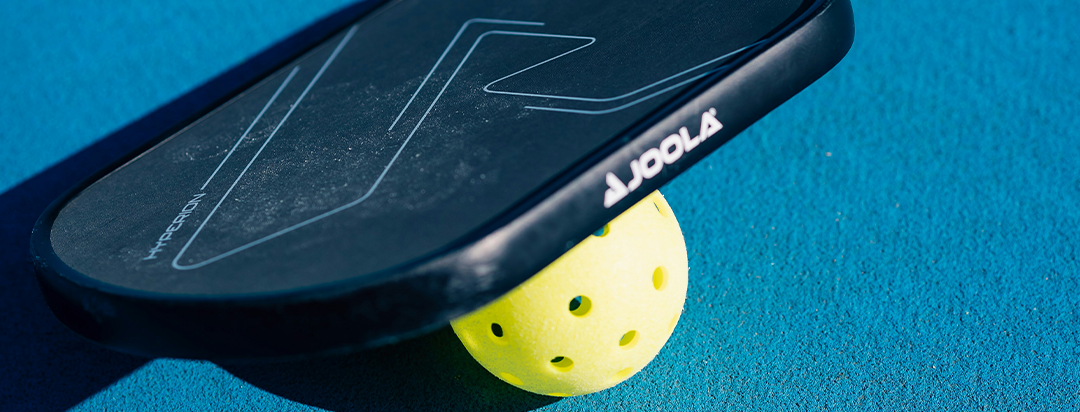

Lorem ipsum dolor sit amet, consectetur adipiscing elit ut liqua purus sit amet luctus venenatis, lectus magna.

If you’ve ever watched or played a game of pickleball, you’ve likely heard the term side-out called out between points. It’s one of the sport’s most distinctive terms — and one that often confuses beginners.
Understanding what side-out means, when it happens, and how it affects scoring is key to following or playing pickleball correctly. Let’s break down everything you need to know about side-outs and why they matter.
A side-out in pickleball happens when the serving team loses its serve, and the opposing side gains the opportunity to serve.
Because only the serving team can score points, a side-out marks the shift in control of the game. It doesn’t award any points directly — instead, it transfers the serve (and the chance to score) to the other team.
This rule applies in both singles and doubles play, though the mechanics differ slightly between the two formats.
In singles pickleball, a side-out is straightforward. Each player serves until they lose a rally, at which point the serve passes to their opponent.
For example, if Player A serves and loses a rally, that’s a side-out — Player B now serves. There’s no rotation or secondary server, making the transition quick and simple.
This constant back-and-forth is part of what makes singles games flow so smoothly. Every rally directly determines who serves next, maintaining a fast rhythm from point to point.
In doubles, side-outs follow a two-server system. Both players on a team get a chance to serve before the serve switches to the opponents.
Here’s how it works:
This structure keeps doubles matches fair and consistent, ensuring both partners have equal serving opportunities during each rotation.
A side-out directly determines who has the potential to score next. Since points can only be earned by the serving team, a side-out resets that opportunity.
In doubles, this adds a strategic layer — teams aim to “hold serve” as long as possible, racking up points before giving it away. On the flip side, the defending team’s goal is to force a side-out quickly, limiting their opponents’ ability to score.
The name itself comes from the idea of “sides” switching service roles. When a side-out occurs, the serve “goes out” from one side of the court and over to the other.
The concept actually originated from volleyball, where the term was first used to describe the same change of service. Pickleball adopted the terminology early in its development, and it remains a defining feature of how games are structured today.
Players new to pickleball often make small errors when side-outs occur, especially in doubles matches. Forgetting whose turn it is to serve, mixing up positions, or failing to rotate correctly are among the most common.
One helpful practice is to always announce the full score before each serve — this reinforces awareness of the current situation and prevents confusion about who should be serving next.
Experienced players see side-outs not just as a rule, but as a momentum shift. For the team gaining serve, it’s an opportunity to build a run of points. For the team losing serve, it’s a chance to reset defensively.
Because points are so tightly tied to service, matches often hinge on who can manage their side-outs more efficiently — minimizing errors and maximizing scoring runs while in control of the serve.
While it can seem complicated at first, the side-out rule is one of the most logical parts of pickleball once you’ve played a few games. It keeps the game fair, strategic, and fast-paced, ensuring both sides have equal opportunities to control the action.
Mastering when and how side-outs occur helps players stay focused and confident — especially in competitive matches where every serve and point can swing the outcome.


Explore our collection of 200+ Premium Webflow Templates